From our experience, we have found that one of the most common questions Domestic and Commercial customers ask is “what does asbestos look like?” From google searches to calls to experts, it’s a common question – therefore we have compiled this guide to assist you.
Being unsure if asbestos is lurking in your property is worrying, but what does asbestos look like? Our guide gives you some hints and tips on whether asbestos fibres are visible and whether it also has a smell.
Asbestos was banned in the UK as a building material in 1999, prior to this, non-asbestos alternatives were been supplied since 1984. So as a rule, if your house was built before 1984 it is highly likely that asbestos is in your home. If your house was built before 2000 it may contain asbestos. Asbestos becomes dangerous when fibres are released into the air, therefore if asbestos is damaged or disturbed you need to call in a professional.
Are asbestos fibres visible?
No asbestos fibres are not visible. The fibres are microscopic so they cannot be detected by the naked eye. The actual fibres are around 10 times smaller than the width of human hair. So when trying to establish what asbestos look like, it is not the fibres you are looking for, it’s the general building materials that asbestos waste is used in that you need to spot.
Does asbestos have a smell?
Asbestos does not have a smell. When trying to detect and figure out what asbestos looks like, you will not be able to establish this by the smell. The fibres are microscopic; therefore, you cannot see or smell them. You can however spot the building materials asbestos was used in.
What does asbestos look like?
Loose asbestos in the ceiling or floor cavity
Type:
Found in lofts, cavity walls and under floorboards of domestic and commercial properties. Possibly one of the most dangerous made up of pure asbestos. More information about Lose fill insulation can be found on the HSE Website
What it looks like:
Loose, fluffy insulation material (like candy floss), blue-grey or white in colour.
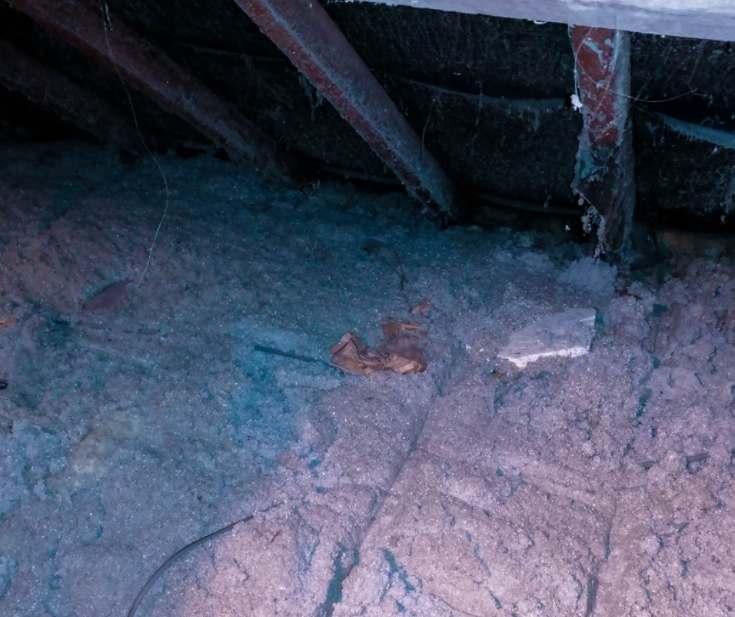
Lagging
Type:
Found in or on heating systems such as boilers and around pipework. Another very dangerous material containing asbestos. Lagging releases fibres into the air very easily if disturbed or damaged.
What it looks like:
This type of asbestos comes has different appearances but is mostly a fibrous material that flakes and powders easily. Making it more difficult to identify, the asbestos is normally coated in non-asbestos material or painted.
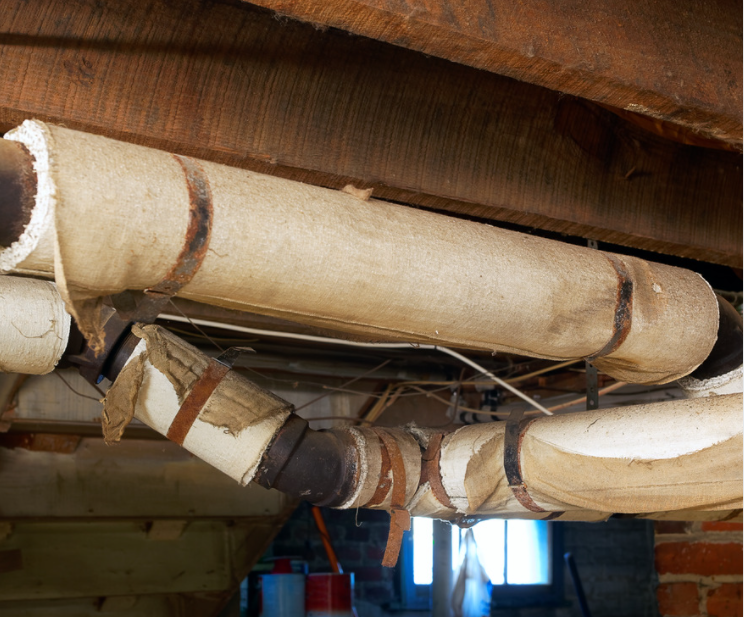
Sprayed Coating
Type:
Found in the underside of roofs and sides of buildings and commercial warehouses. This asbestos was also used as fire protection on steel and reinforced concrete beams.
Debris is a common factor with sprayed coating due to the splashback caused when it was applied.
What it looks like:
White/grey in colour with a rough surface. Possibly painted.
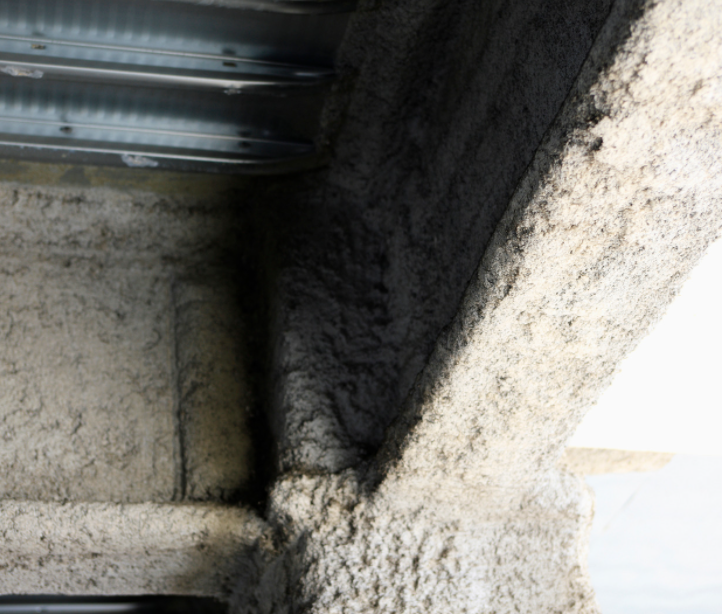
Asbestos Insulating Board (AIB)
Type:
Found in domestic and commercial properties as fireproofing. Look out for this type of asbestos in partition walls, fireproof panels in fire doors, ceiling tiles, soffits and panels below windows.
What it looks like:
Wall panels, ceiling tiles and plasterboard. Telling the difference between non-asbestos and Asbestos insulating boards is difficult – always get this tested to be safe.
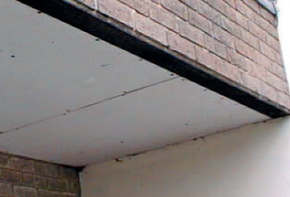
Asbestos Floor Tiles
Type:
These floor tiles were a popular choice and are still found in many homes and schools. Normally hidden under carpets and most commonly the adhesive used to stick the tiles down contained asbestos too!
What it looks like:
Asbestos tiles are hard to distinguish when compared to tiles used now. Therefore, sampling and testing are always recommended.
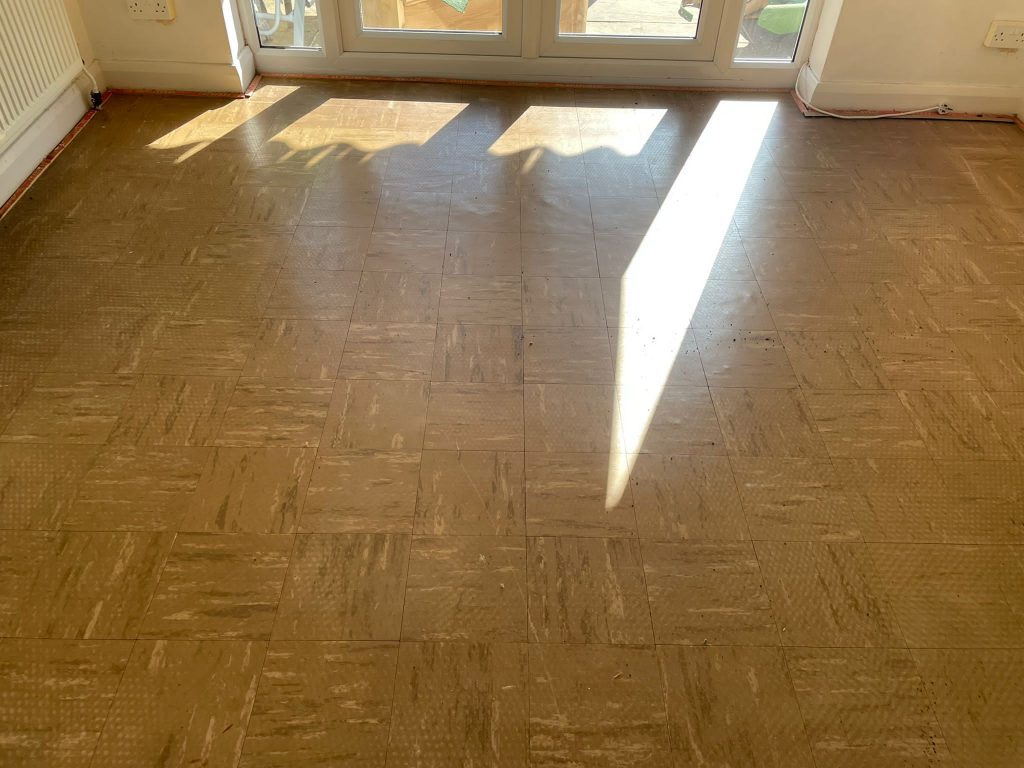
Textured Coatings
Type:
Used to create decorative finishes in homes and commercial properties on walls and ceilings. Commonly called “Artex”
What it looks like:
Different peaks and patterns were created when applying these textured coatings. Therefore testing is always recommended. Normally white in colour when applied, however, the coating has usually been painted.
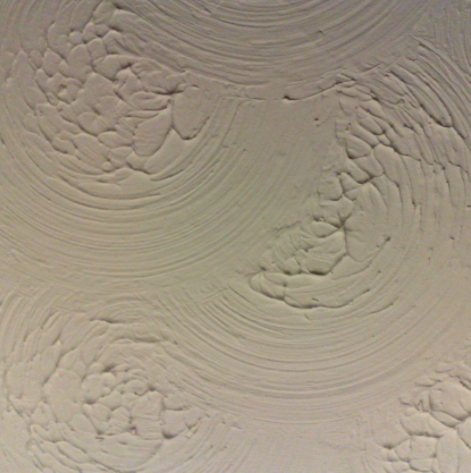
Asbestos cement
Type:
A mixture of cement and Chrysotile (white asbestos), moulded to produce cement building products.
Asbestos cement had many uses in domestic and commercial properties including:
- Cement roofs (corrugated and flat)
- Wall cladding (corrugated and flat)
- Downpipes and gutters
- Flue pipes
- Water and Sewer Pipes
What it looks like:
Asbestos was mixed with cement, therefore it is a hard grey material that has been compressed and moulded into the shapes of the products above.
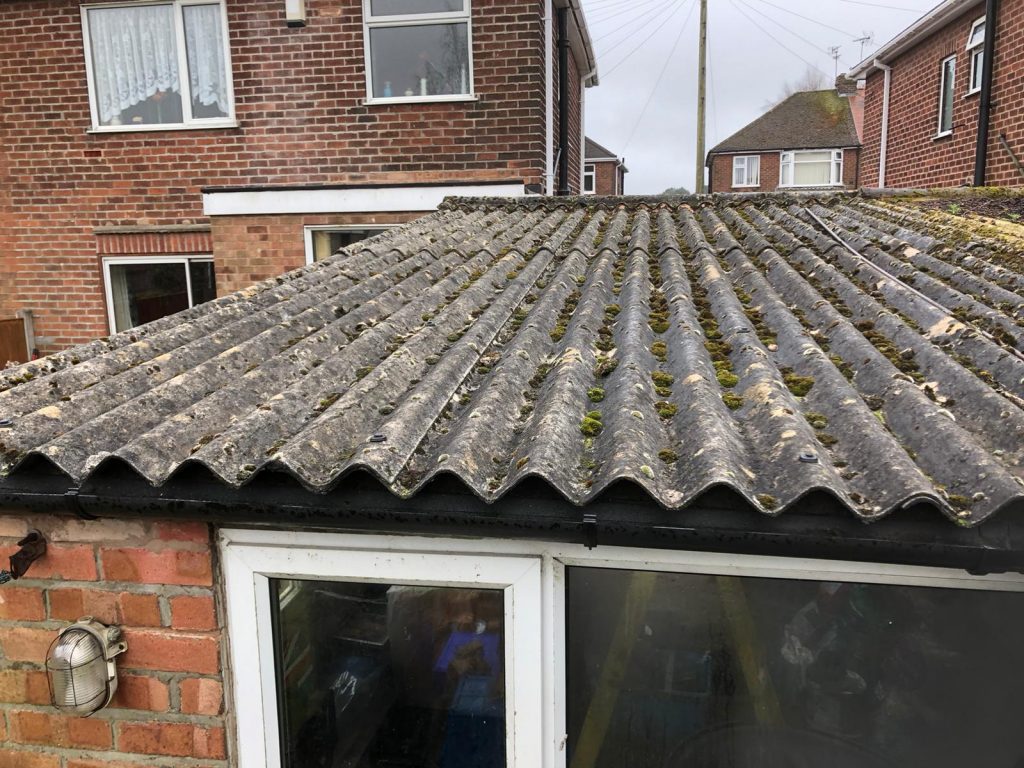
For more places where you can find asbestos in the home, visit our information guide: Where can asbestos be found in the home
Still unsure what does asbestos look like? Our trained staff can advise you.
Need some advice about Asbestos waste?
Call us on 01623 272 611 and we'll be happy to help
